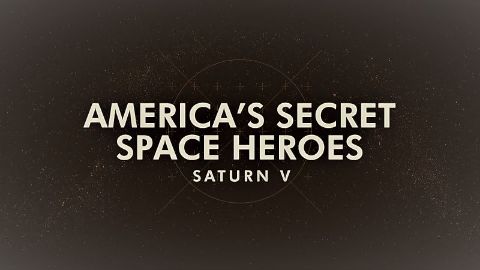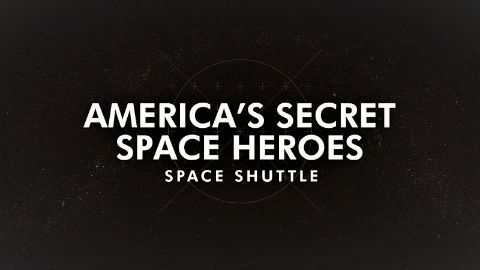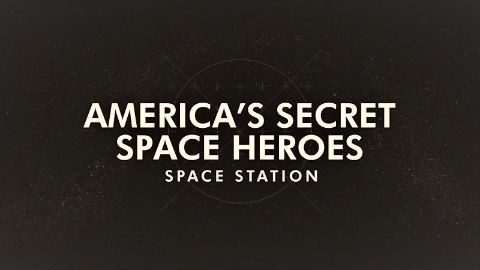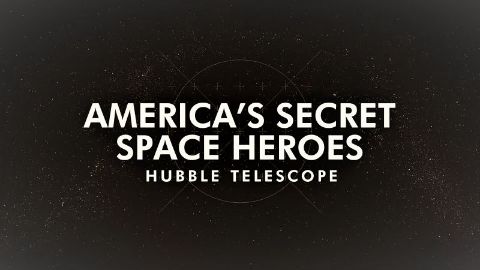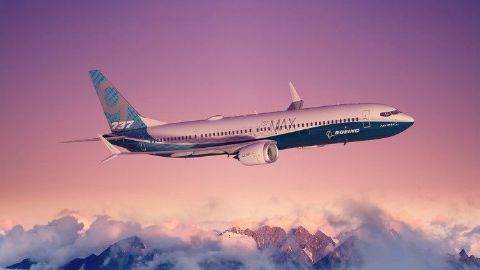Viking Mars • 2017 • episode "S1E6" • America's Secret Space Heroes
After the success of the first manned moon landing, NASA ups the stakes by aiming for a new destination tens of millions of miles away: Mars. This is the inside story of Project Viking. Witness the overwhelming challenges engineers and scientists faced, not only to reach the Red Planet, but to land their spacecraft and deploy computer-operated experiments to answer the universal question: Is there life beyond Earth?
Make a donation
Buy a brother a hot coffee? Or a cold beer?
Hope you're finding these documentaries fascinating and eye-opening. It's just me, working hard behind the scenes to bring you this enriching content.
Running and maintaining a website like this takes time and resources. That's why I'm reaching out to you. If you appreciate what I do and would like to support my efforts, would you consider "buying me a coffee"?
Donation addresses
BTC: bc1q8ldskxh4x9qnddhcrgcun8rtvddeldm2a07r2v
ETH: 0x5CCAAA1afc5c5D814129d99277dDb5A979672116
With your donation through , you can show your appreciation and help me keep this project going. Every contribution, no matter how small, makes a significant impact. It goes directly towards covering server costs.
